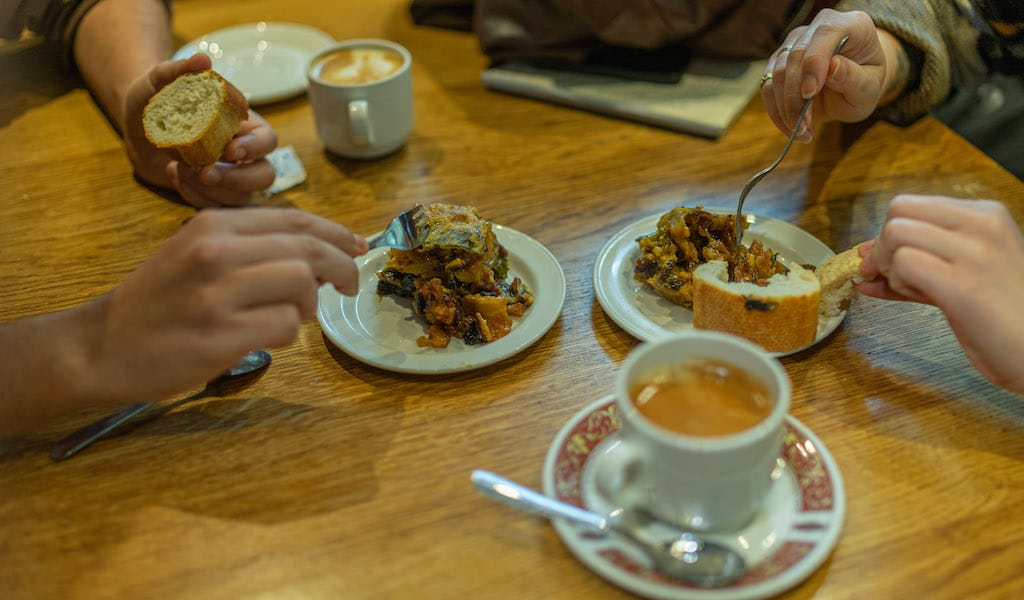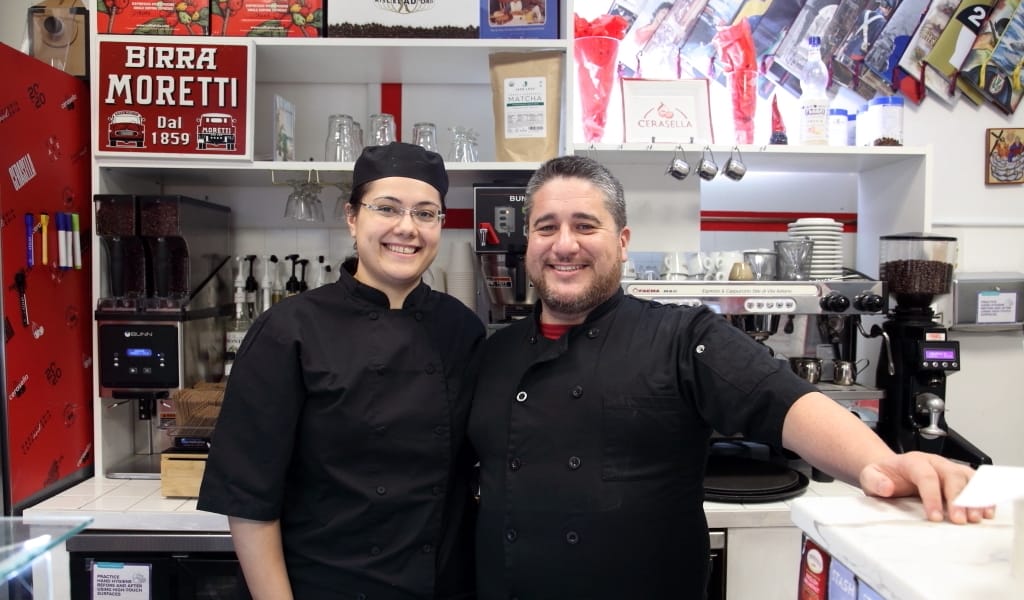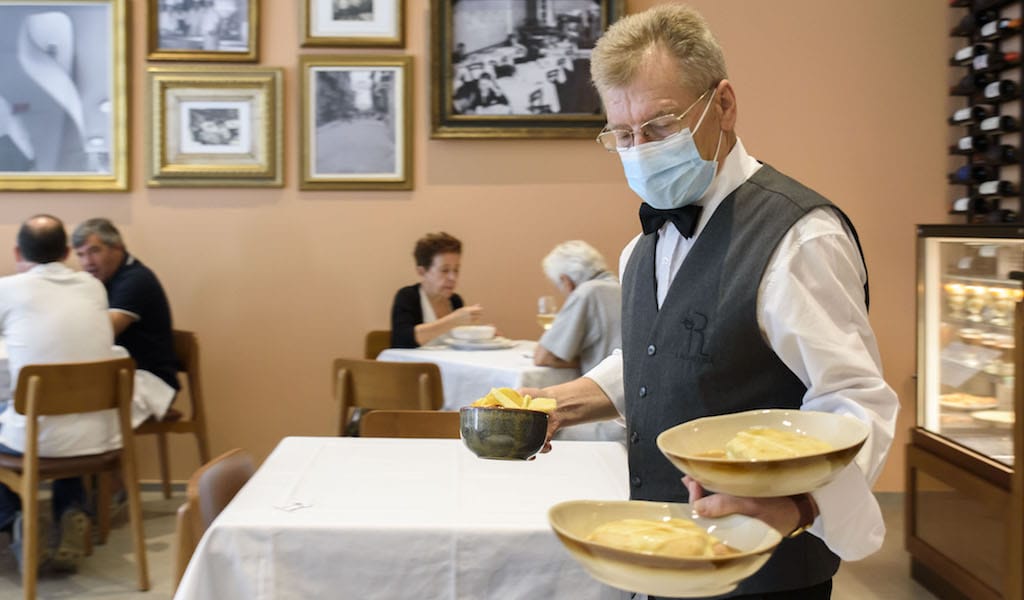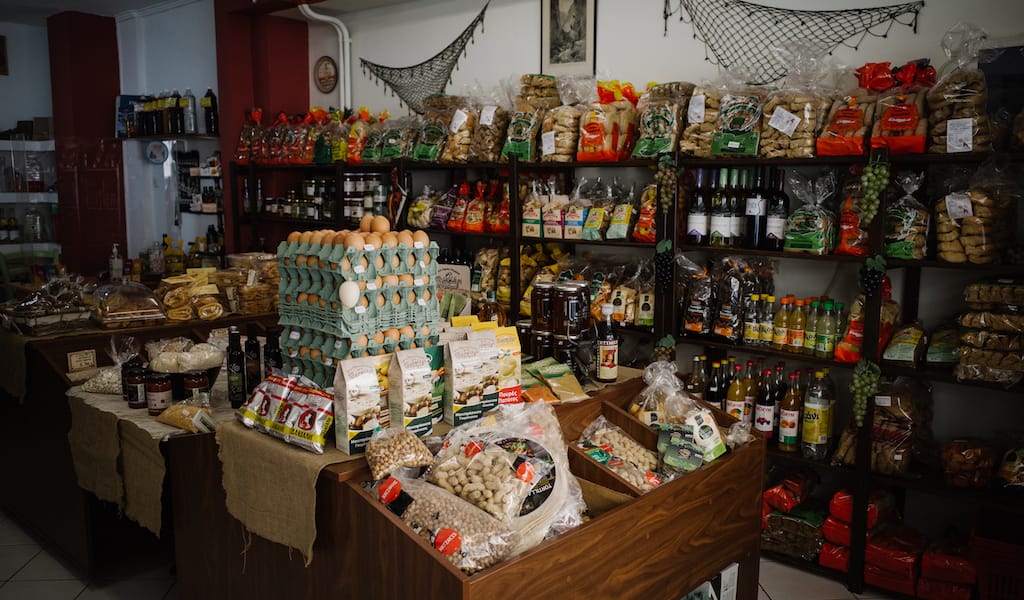As we excitedly introduce San Sebastian, our newest Culinary Backstreets city, we sat down to chat with one of our local experts, Sasha Correa. There’s a lot to say about food in this small city on the Bay of Biscay, a place where Basque traditions run deep but that has also made a name for itself in the international fine dining scene.
Sasha was born and grew up in Caracas, Venezuela. She first came to San Sebastian in 2007, lured by the city’s gastronomy, and then came back to live here full-time some nine years ago. As a writer and now as a guide, she hopes to convey to others the special spark that San Sebastian and Basque culture have, especially when it comes to gastronomy. As Sasha puts it, food and culinary culture are contagious in San Sebastian and have taken over her life.
An edited version of our Q&A is below.
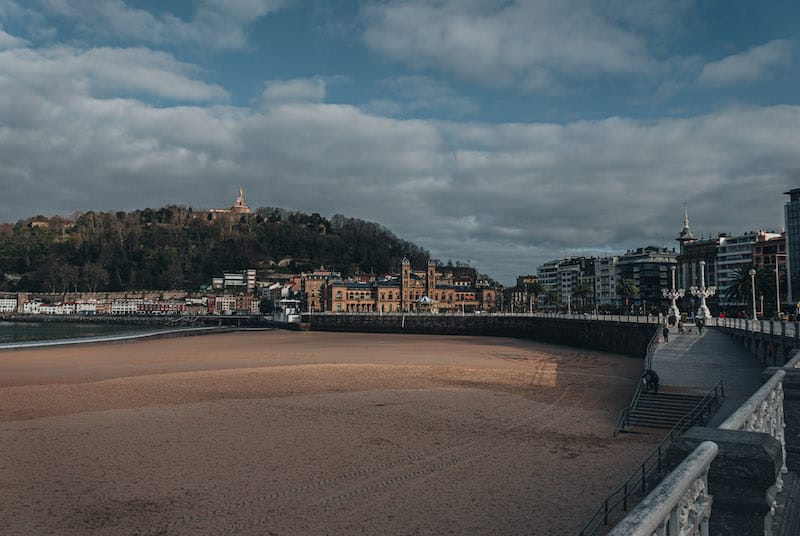
What do you think makes San Sebastian such an exciting culinary capital?
Since the first time I came to Donostia, in 2007, I have been picturing it as a big candy house – like Hansel and Gretel’s – an irresistible and complex place where you can lose your head over food. Every dish reveals something about this somewhat cloistered and intriguing society, where the craft of cooking is alive and treasured.
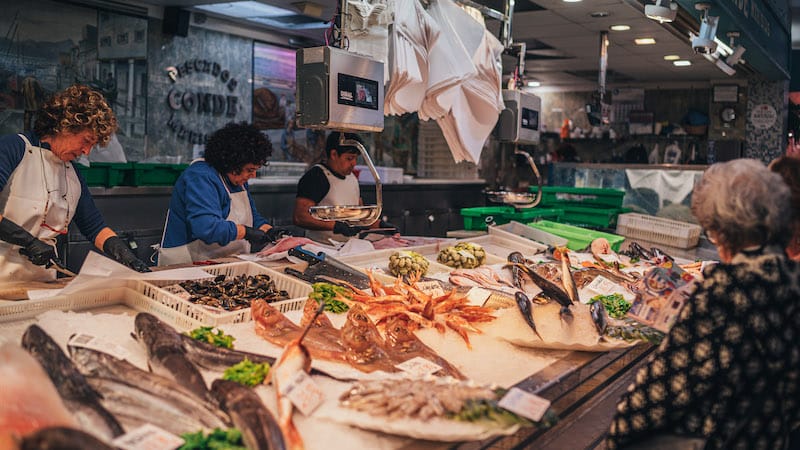
What’s the story you hope to tell with the walk you developed for CB?
If we place the tip of a compass at the city center and draw a radius of 25 kilometers around the Town Hall of San Sebastian, around 16 Michelin stars would show up across internationally acclaimed restaurants. This means that the local fine dining discourse is not to be taken for granted (as it is still one of the most innovative and stimulating around the world). The excitement of going out for pintxos is also a must: To go out and try as many curious little bites as your appetite can handle (and, of course, as many drinks as you wish), is truly fun. At the same time, in the shadows of the streets and alleyways, where “the essential stays invisible to the eye,” edible stories unfold in exciting ways, revealing a uniquely Basque way to experience food. And that is what we want to share with visitors.
The walk intends to delve into the idea that “less is more” in San Sebastian, where food comes more as a whisper than a shout, as a raw and pure expression of a culture that values the exquisite and unique rather than the spectacular and eye-catching at a first glance. The answers for why culinary culture is so vivid and alive here might be found in how people cook, rather than in what they eat.
Words fall short when it comes to truly amazing food, and Basque people know this! Their food is there to prove it and for that, we hope to go deep into different sides of this story, by visiting historical projects handed down from generation to generation (wineries, bars or establishments that manage to resist the ravages of time), to the creative and personal endeavors of young people diversifying the culinary scene of this charming city by the sea.
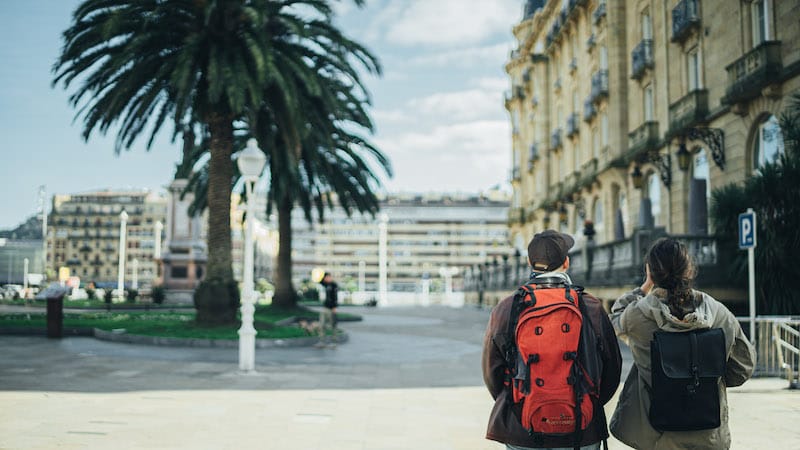
Compared to other cities you’ve been to, what sets the San Sebastian food scene apart?
You can actually learn how to cook by eating in San Sebastian. Just by opening yourself to all the city has to offer – without having to empty your pockets on expensive or high-end restaurants – you will see how food, as a shared experience, is actually “contagious.” To live in San Sebastian is, in fact, to end up a bit spoiled: To eat seasonal food cooked from scratch and with such culinary craft behind it becomes normal (if you know where to go, of course). Even the daily lunch specials common around town show what great food can be all about: seasonal ingredients, subtle intervention, mastery in little details, great flavor, love for the perfect texture and a little joy. This is the Basque way that we love, to which new trends and approaches are being applied by young chefs venturing to San Sebastian from abroad in recent years. With different ideas and new takes, they are transforming the traditions that we already crave, with results that are definitely worth trying.
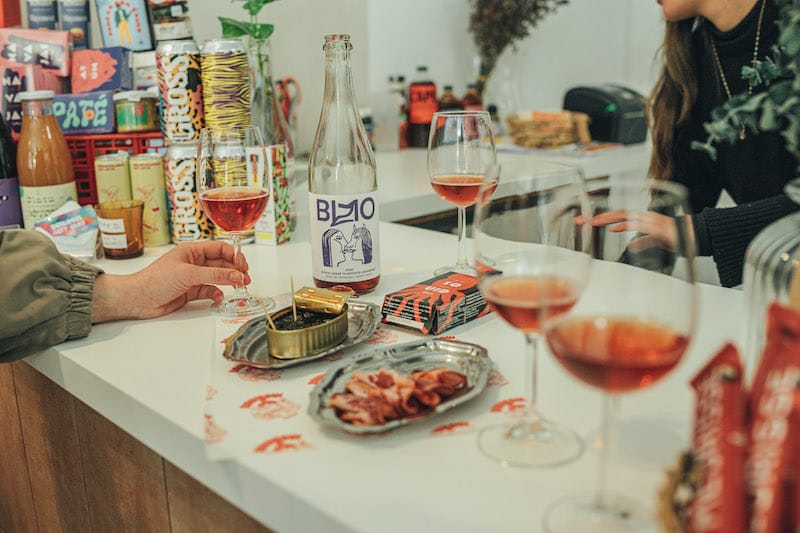
If you had to explain to someone what is the essence of Basque culinary culture, what would you say?
The essence of this culture is on how local people manage to keep cooking alive, as a daily craft, turning it into a verb that is conjugated collectively, from generation to generation, in inspiring ways. A humble leek, an ordinary sardine, a cut of hake or even something like the kokotxa (a part of the fish which in many cuisines is thrown away) can be enough for cooks – at home, at restaurants or in gastronomic societies, a unique social fixture of Basque life – to play with basic ingredients, adding simple garlic, olive oil, vinegar, parsley or some guindilla, offering new paths to delicacy.
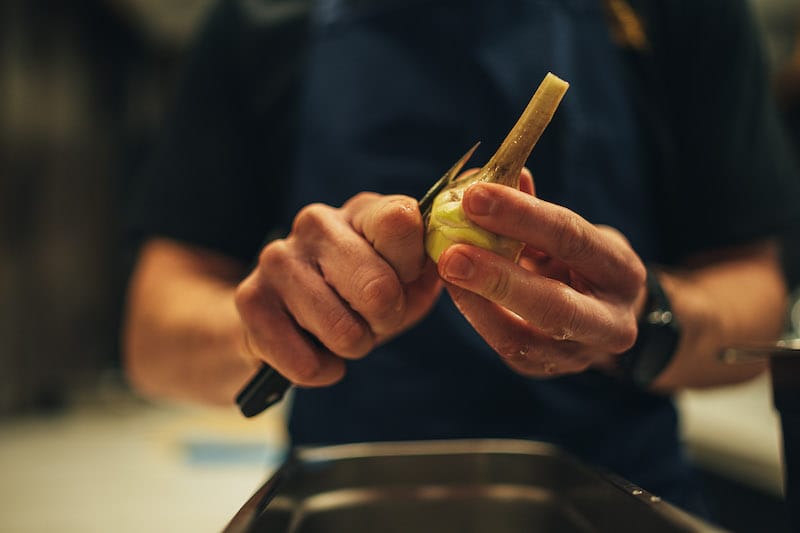
You have just returned to San Sebastian from a long trip away: What’s the first place in the city that you dream about going to?
Bodega Donostiarra: to have the perfect tortilla (words can’t describe it; just come here to San Sebastian and try it!) and one of their most iconic pintxos, called “Induráin.” It features the best combination of Basque ingredients and flavors you can get: olive, sweet onion, anchovy, bonito and guindilla (five ingredients, one on top of the other, as a reminder of the five times the cyclist Miguel Induráin won the Tour de France). To get to this restaurant, you normally have to pass by the Zurreaola Bridge, which is my favorite spot in San Sebastian, where the river meets the sea. I always take a big breath there, chasing the sparkly taste of salt.
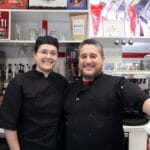 February 19, 2024 Cerasella: Italian Delights
February 19, 2024 Cerasella: Italian Delights
In Italy, “we would call this a bar,” Caterina Pepe tells us. We're chatting inside […] Posted in Queens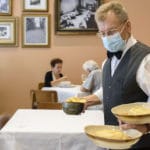 January 25, 2024 A Regaleira
January 25, 2024 A Regaleira
“Bom filho à casa torna,” we like to say in Portuguese, a maxim that translates to “a […] Posted in Porto October 23, 2023 To Mitato tou Psiloriti
October 23, 2023 To Mitato tou Psiloriti
On Crete, endowed with fertile soil and an enviable climate, devotion to the island’s […] Posted in Athens
Published on March 07, 2024
Related stories
February 19, 2024
QueensIn Italy, “we would call this a bar,” Caterina Pepe tells us. We're chatting inside Cerasella (pronounced “Chair-ah-Sell-ah”), the small pasticceria e caffetteria she owns with her husband, Luca Schiano, not far from their home in Long Island City. In New York, of course, a bar is typically adults-only, and rarely known for its food.…
January 25, 2024
Porto | By Cláudia Brandão
Porto“Bom filho à casa torna,” we like to say in Portuguese, a maxim that translates to “a good son comes home.” Can the saying be applied to a sandwich? In Porto, we would argue, the answer is yes, especially now that A Regaleira, the birthplace of the francesinha – Porto’s signature dish – is open…
October 23, 2023
AthensOn Crete, endowed with fertile soil and an enviable climate, devotion to the island’s culinary traditions runs deep. This is even the case for people who have family ties to Crete but did not live there themselves, like Dimitris Katakis, who runs To Mitato tou Psiloriti, a small Cretan deli in Athens. In 1950 his…







































